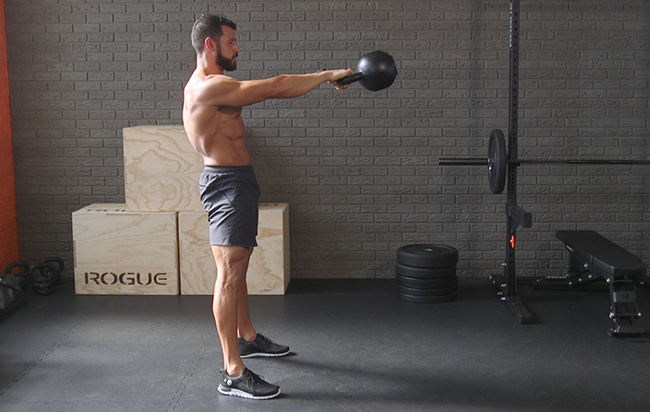Cardio is short for cardiovascular. This is the system that centers around the heart to transport blood that carries nutrients to various parts of the body. The proper name for this type of activity is aerobic exercise, exercise that requires a lot of oxygen during a prolonged time frame. Cardio exercise is very different from high intensity interval training that involves very fast movements in short bursts (30 seconds to a minute), a short rest and repeating in a cycle pattern. Cardio is done for much longer periods of time with or without rest depending on the fitness level of the individual. Activities include walking, running, cycling, swimming and even dancing.
Benefits of Cardio Exercise
The health benefits of cardio exercise are well-known and general exercise is highly recommended by doctors to help alleviate a number of conditions. Benefits include:
- the added circulation of blood needed during this type of exercise, your heart will be stronger and your body’s ability to handle heavier activities will increase
- muscles will get a workout and that takes energy. Burning calories will help to lose weight in the form of fat
- the release of endorphins will help combat stress, anxiety and depression
- improve your complexion
- reduce the risk of high blood pressure, high cholesterol and heart disease
Types of Cardio Exercise
Low Impact – this type has very little impact which means it puts less stress on your joints. Activities include walking, cycling, swimming, yoga and Pilates. As a general rule, this type of exercise will not increase your heart rate as high and are generally classed as a slower paced workout. These are good for older individuals, people who are overweight or new to exercise and those recovering from injury.
High Impact – As the name suggests, you will put a strain on your body from plyometric exercises – forcing your body off the ground in a jumping motion. Activities include jogging, running, skipping and bounding like during an aerobics class. Impact is not bad for you unless it is done improperly. Good technique is essential to avoid joint damage. Research has shown that it can help to build bone density which can prevent or delay osteoporosis.
Workout Session Details
The American College of Sports Medicine recommends a minimum of 30 minutes of moderate cardio exercise five days a week. If high intensity is your thing, do 20 minutes three days a week. For those looking to lose weight or to increase their fitness level, 30-60 minutes of moderate to high intensity activity five days a week would be better.
To help prevent injury, always warm up with a light jog and some dynamic stretching. A cool down involving a light jog and stretching will help to lower your heart rate and temperature and flush out lactic acid.
Deciding how hard to workout can be tough but a simple formula can be used to find your training zone. The most recommended training zone is 60-85% of your maximum heart rate. To calculate your range, use 220 – your age and multiply by 0.60 and 0.85 to get the lower and upper limits. For example, a 40 year-old person would have a heart rate training zone of 117 – 244 beats per minute.
While you doing cardio are exercise, take your heart rate by feeling the inside of your wrist or neck for 15 seconds and multiply by 4. Some sports watches have a heart rate monitor built-in to make it easier.
Regardless of the type of cardio exercise you choose, do it regularly and within your training zone to get the maximum benefit. A good training routine paired with an excellent diet will help you live a long and healthy life.




